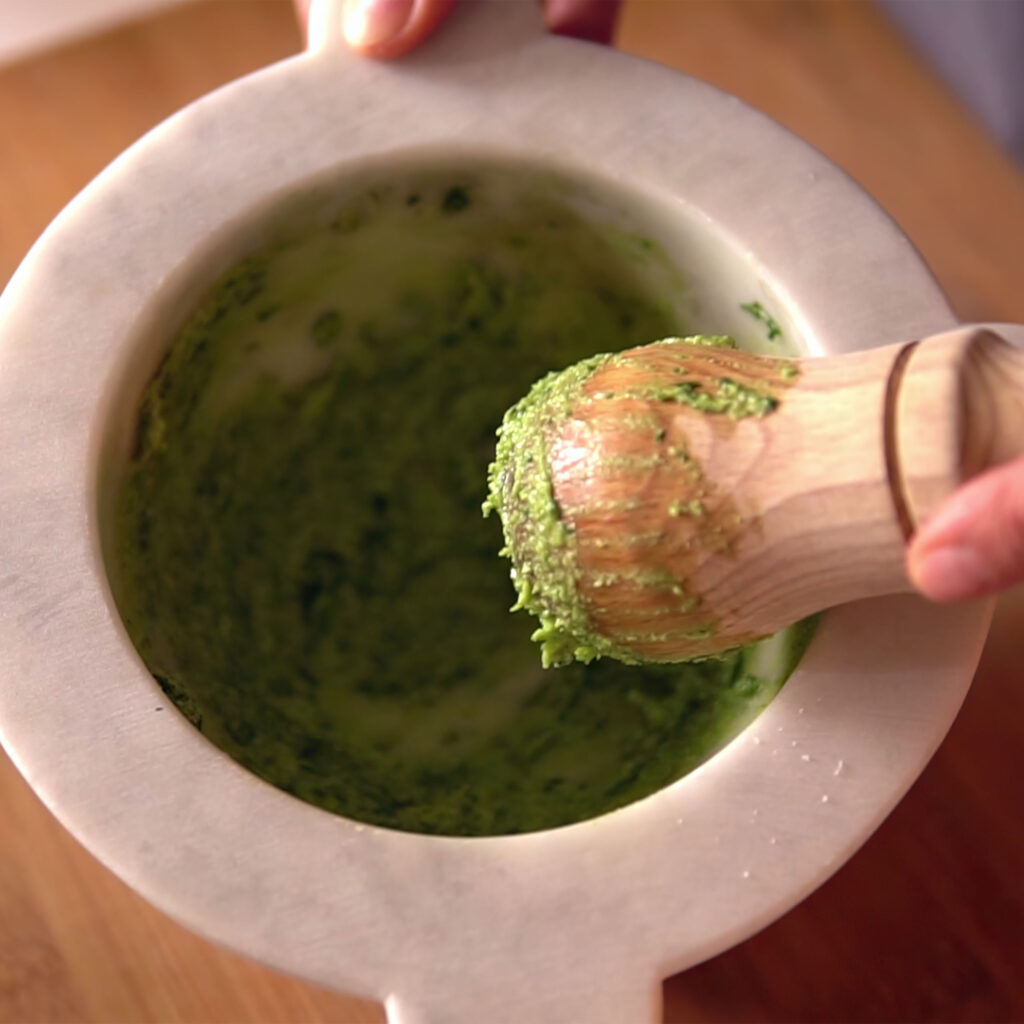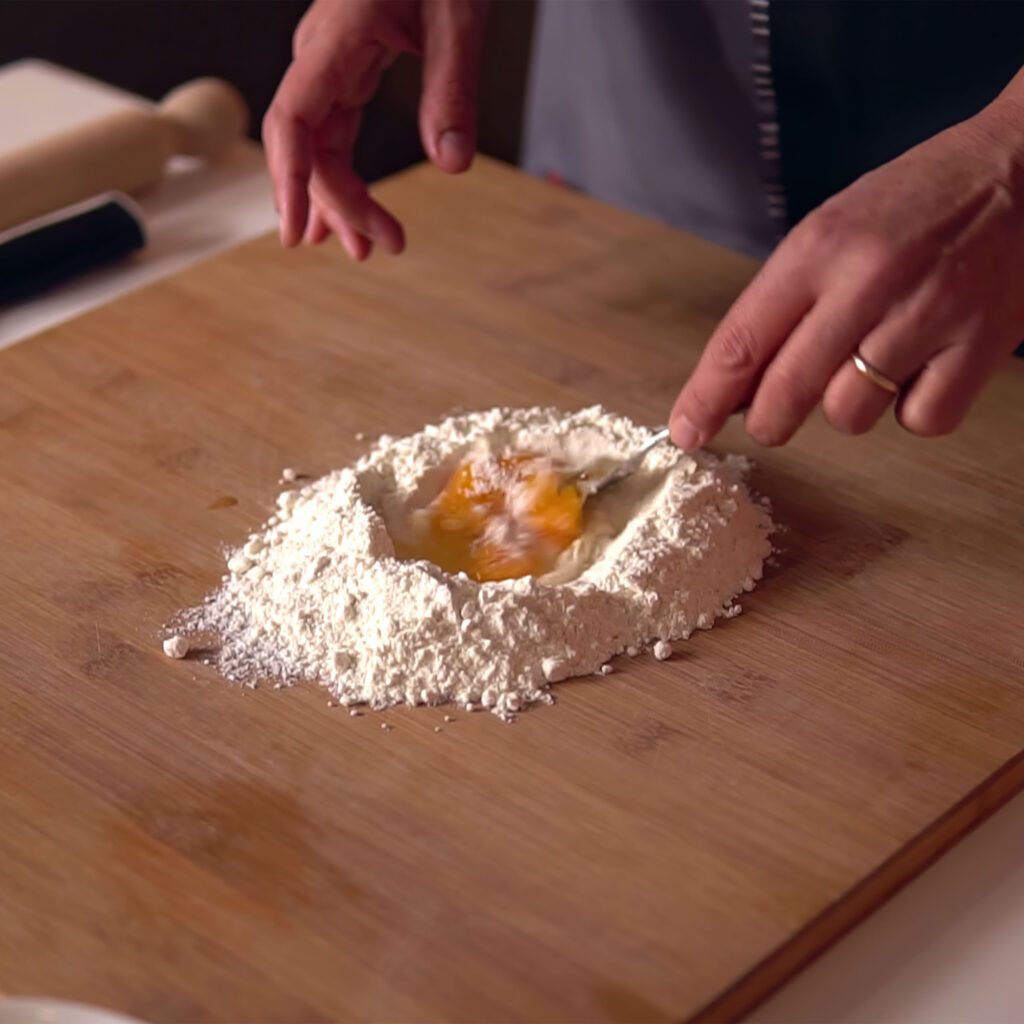Pesto di guerra
ATTENZIONE!!!
LA RICETTA POTREBBE TURBARE LA SENSIBILITA’ DI ALCUNI, PERTANTO SE NE CONSIGLIA LA LETTURA AD UN PUBBLICO ADULTO E CONSAPEVOLE!!!!
Nell’inverno tra il 1917 e il 1918 il sottotenente Giuseppe Chioni, nato a Quinto, fa la fame nel campo prigionieri di Celle. Non la Celle Ligure, ma la Celle nell’Hannover!
Catturato dopo Caporetto può contare solo sulle misere razioni distribuite dai carcerieri tedeschi. Zuppa di rape e poche patate, pane fatto in parte con paglia tritata e lievitato con l’ammoniaca… nulla di troppo gustoso insomma.
A differenza di Francia e Gran Bretagna, il governo italiano non si preoccupa più di tanto dei propri prigionieri. Di fatto, la mortalità nei campi di prigionia degli italiani (generalmente per fame) è fin più alta di quella al fronte.
Con Caporetto poi la propaganda ha dato fiato alle trombe del patriottismo, descrivendo qualsiasi prigioniero come “disertore”, dando la colpa della sconfitta al disfattismo. Inoltre il comando ha vietato l’invio di qualsiasi genere di conforto ai prigionieri da parte delle famiglie. Solo nel febbraio del 1918 il divieto viene allentato, ma anche in quel caso i familiari possono solo appoggiarsi ad una complicata rete di contatti creata dalla Croce Rossa e devono seguire un iter piuttosto complicato.
È nell’atmosfera allucinata dell’ Offiziergefangenlager di Celle che nasce una delle testimonianze più commoventi della storia della cucina italiana.
Tra i compagni di prigionia stremati dalla fame, incapaci di pensare ad altro che al cibo (“parlavamo di cibo, pensavamo al cibo, ricordavamo il cibo” scriverà in un diario uno degli internati), Chioni inizia un manoscritto intitolato “L’arte culinaria”. Qui raccoglie le ricette che gli tornano alla memoria, quasi a elevare i crampi dello stomaco vuoto in uno sforzo letterario. E la cosa funziona!
Chioni coinvolge anche i suoi compagni di prigionia facendosi descrivere le ricette delle loro terre; in quelle ricette “c’erano le mani premurose della mamma e della sposa lontana”.
In tanti lo seguono e alla fine della guerra, il campo di prigionia di Celle “sfornerà” almeno tre ricettari! Si tratta di una delle più importanti testimonianze storiche della cucina italiana dopo la pubblicazione dell’ “Arte di mangiar bene” dell’Artusi.
Sopravvissuto alla prigionia, Chioni torna a Genova dove riprende il suo mestiere di vicecapostazione. Il suo libro rimane custodito tra le carte di famiglia fino al XXI secolo e, ceduto all’Università di Genova, è stato pubblicato solo nel 2008.
Come tutte le fonti storiche di grande importanza, anche “L’arte culinaria” abbatte convinzioni radicate e per ironia della sorte lo fa con uno degli alimenti che a Chioni doveva essere più congeniale: il pesto alla genovese!
Il principale protagonista della cucina genovese non poteva certo mancare, ed è chiaro che Chioni abbia riportato quella che era la ricetta “di casa”; ed è qui che noi lettori contemporanei troviamo delle sorprese…
“Pesto alla genovese: basilico, aglio, prezzemolo, cipolla in poca quantità persa, droghe, formaggio sardo. Pestare il tutto nel mortaio e ridurlo a poltiglia. Per usarlo, aggiungere olio crudo” Prezzemolo? Cipolle?? Droghe??? Che fine hanno fatto i pinoli????
In realtà, la ricetta del pesto genovese è stata codificata solo di recente, mentre prima c’era sicuramente una maggior varietà di declinazioni. Dobbiamo però considerare che i morsi delle fame potrebbero aver fatto propendere per una versione particolarmente “ricca” e “saporita”.
Ciò che è certo è che questa era la ricetta che a Chioni ricordava “le mani della mamma”.
Vai al tour botteghe e tradizioni

